Why You Should Never Use the Same Cutting Board for Meat and Veggies
Using the same cutting board for raw meat and vegetables can lead to cross-contamination, compromising both food safety and flavor. The leftover meat juices can affect the freshness of vegetables, and repeated use of the same board increases the risk of foodborne illness. Learn why separating your cutting boards for meat and veggies is essential for safer, cleaner meal prep.
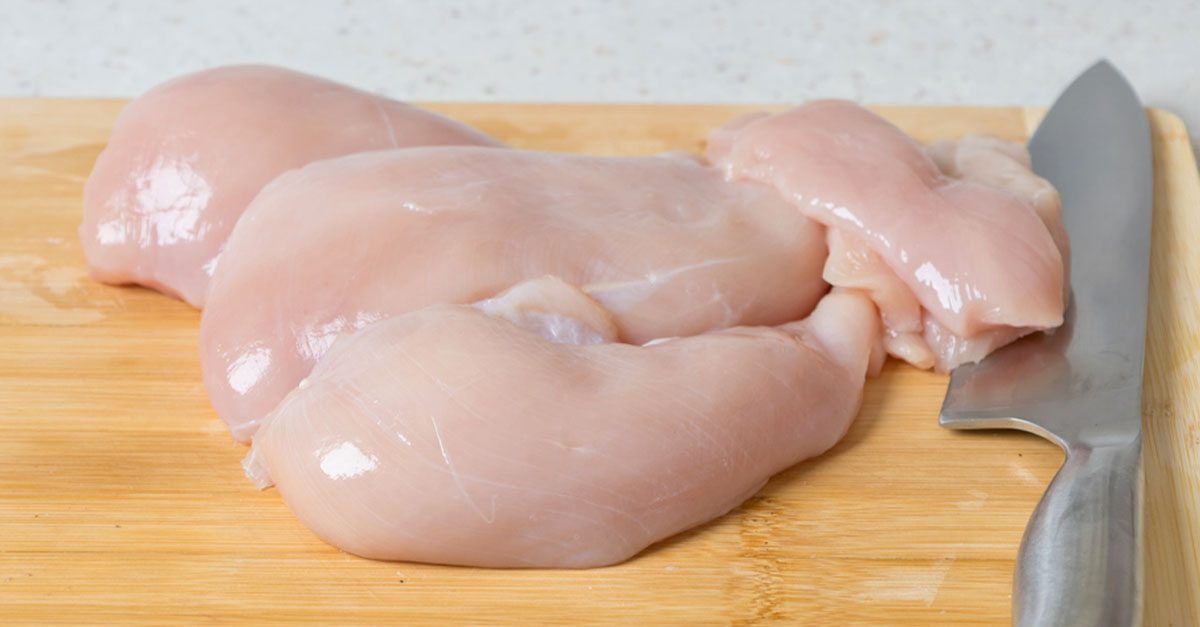;Resize,width=742;)
Cutting boards are a kitchen staple, used in the preparation of almost every meal. However, using the same cutting board for both meat and vegetables can be a dangerous practice that leads to cross-contamination, foodborne illness, and compromised flavor. Here’s why it’s important to keep separate cutting boards for meat and veggies, and how doing so can improve both safety and the quality of your meals.
1. Cross-Contamination: The Risk of Bacteria Spread
Meat, especially raw poultry, beef, and pork, often carries harmful bacteria such as Salmonella, E. coli, and Campylobacter. When you use the same cutting board for meat and vegetables, there’s a high risk of cross-contamination. Even microscopic traces of meat juices can transfer to vegetables, leading to foodborne illness when consumed raw.
To prevent the spread of harmful bacteria, use separate cutting boards for meat and vegetables. Consider using color-coded boards—one for raw meats and one for vegetables—to keep everything clearly separated and reduce the risk of contamination.
2. Nutrient Retention: Preserving the Integrity of Vegetables
When you cut meat on a board and then use the same board for vegetables, the residual meat juices can affect the taste and quality of the vegetables. These juices, which often contain fats, proteins, and salts, can interfere with the natural flavors of your vegetables, making them less fresh and enjoyable.
By using separate cutting boards, you preserve the integrity and freshness of your vegetables. The clean surface ensures that vegetables retain their natural taste and texture without being compromised by the leftover juices from meat, providing a better culinary experience.

3. Safety Concerns: Risk of Foodborne Illness
Reusing the same cutting board for raw meat and vegetables can increase your risk of contracting foodborne illnesses. Even after washing the board, it may not be completely free of harmful bacteria that can cause food poisoning, especially if the board has any nicks or grooves that harbor bacteria.
To ensure food safety, always wash your cutting board thoroughly after using it for raw meat. However, the safest practice is to use different cutting boards for meat and veggies to reduce the risk of cross-contamination and prevent potential foodborne illnesses.
4. Better Food Preparation: Maintaining Clean Surfaces
Using the same cutting board for both meat and vegetables can create a messier cooking environment. When raw meat juices mix with vegetable residue, it can be difficult to clean the board thoroughly. This creates a breeding ground for bacteria, which can spread to your food.
By using separate cutting boards, you can keep your work area cleaner and more organized. This not only improves food safety but also makes it easier to clean up after cooking. A neat, hygienic kitchen is key to successful food preparation.
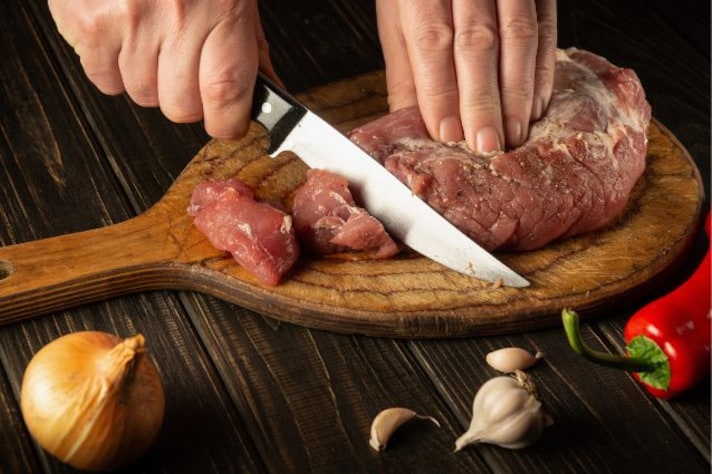
5. Efficiency and Time-Saving: Faster Meal Prep
When you use separate cutting boards, you eliminate the need to constantly clean and sanitize a single board between uses. This saves you time and effort, allowing you to focus more on the cooking process rather than worrying about cleaning and re-cleaning the same board.
With designated boards for meat and vegetables, you streamline your meal prep and ensure a faster, more efficient cooking process. This is especially important in busy kitchens where time matters and efficiency is key.
The Big Takeaway
To ensure food safety, preserve flavors, and make your kitchen more efficient, always use separate cutting boards for raw meat and vegetables. This simple practice minimizes the risk of cross-contamination, keeps your food tasting fresh, and helps maintain a clean and safe kitchen environment.
By investing in multiple cutting boards, you can streamline your food prep, prevent foodborne illnesses, and enjoy better-tasting meals. It’s an easy step that can make a huge difference in both the quality of your food and the safety of your cooking.
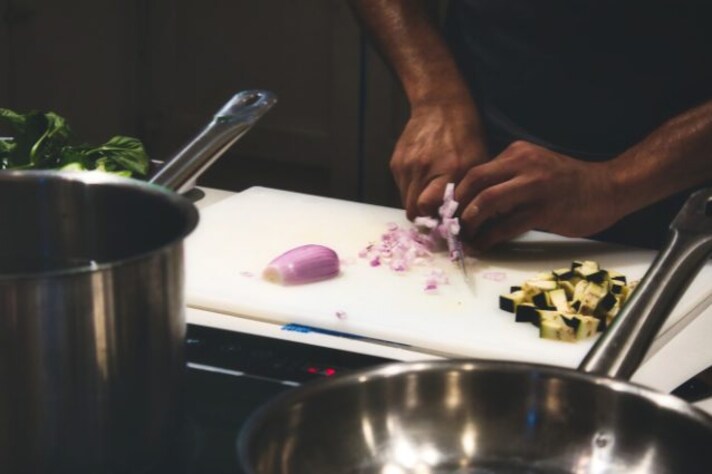
Conclusion
Next time you’re in the kitchen, remember to use separate cutting boards for meat and vegetables. This simple habit will help you maintain food safety, preserve the integrity of your ingredients, and streamline your cooking process. By following this easy tip, you’ll make cooking easier, safer, and more enjoyable.
;Resize,width=767;)
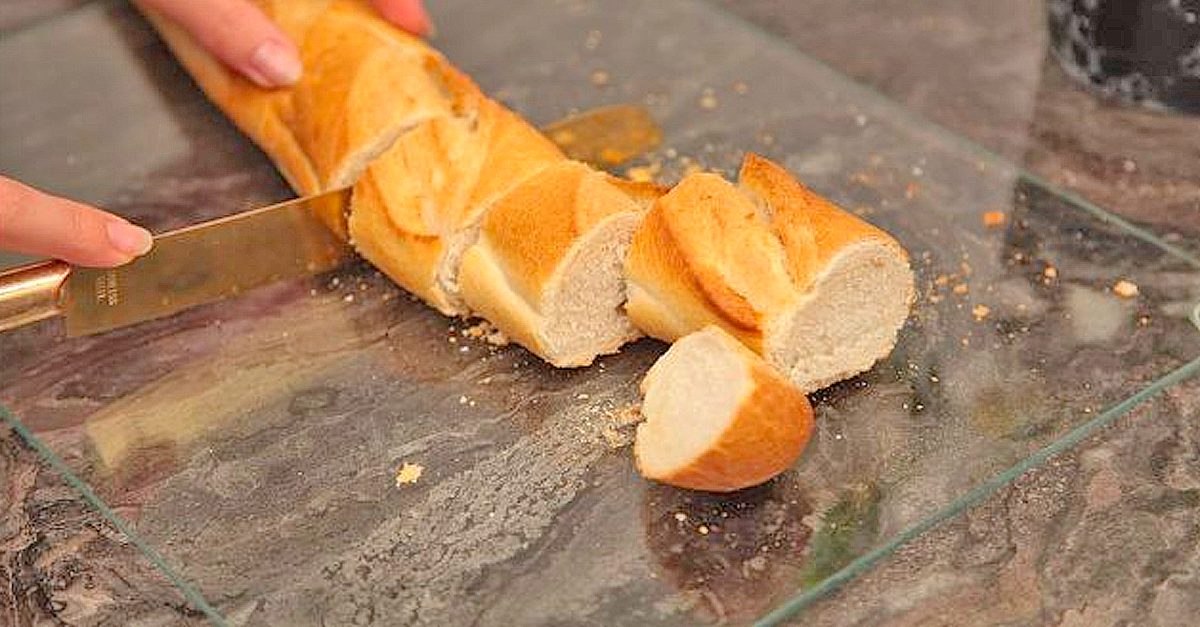;Resize,width=712;)
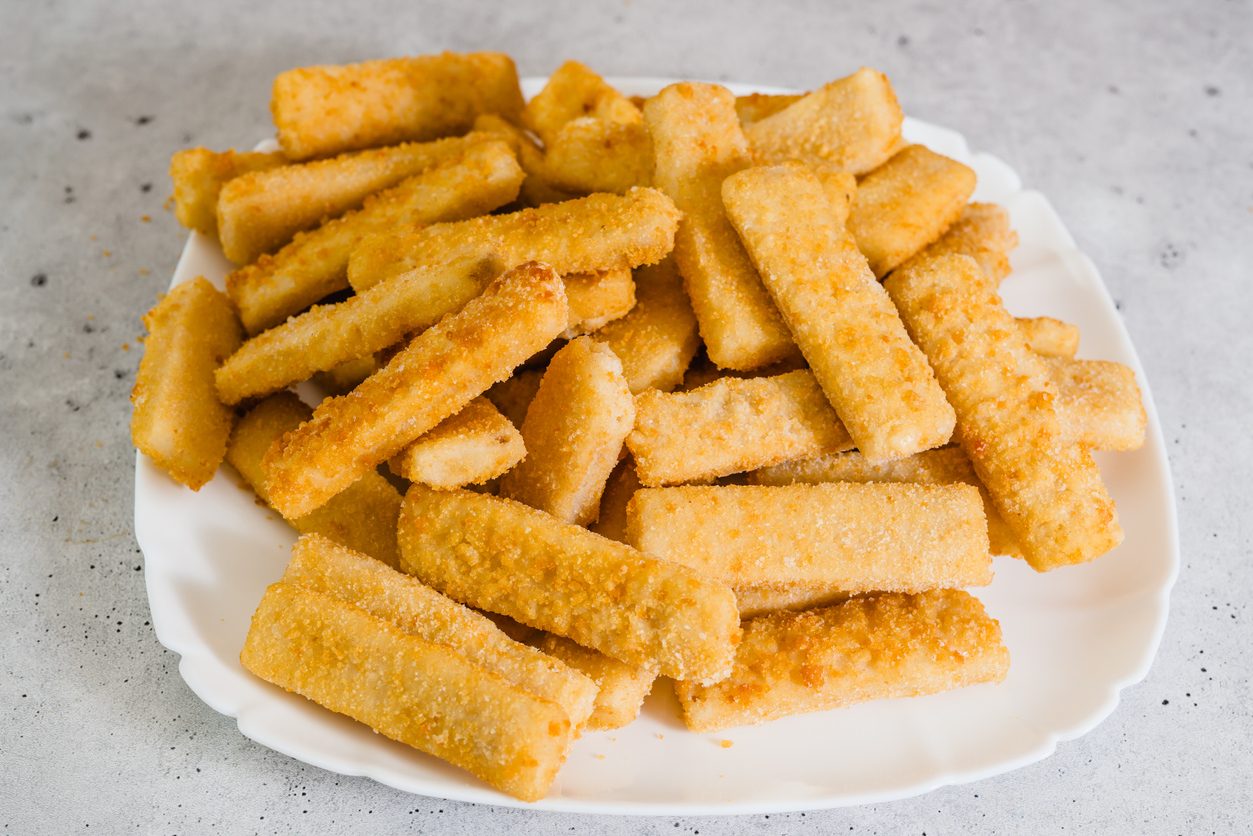;Resize,width=712;)
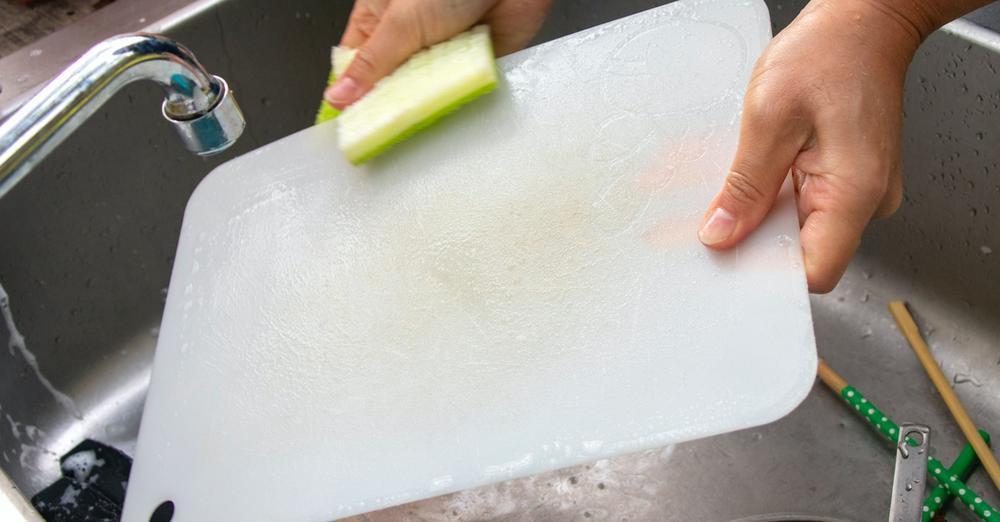;Resize,width=712;)
